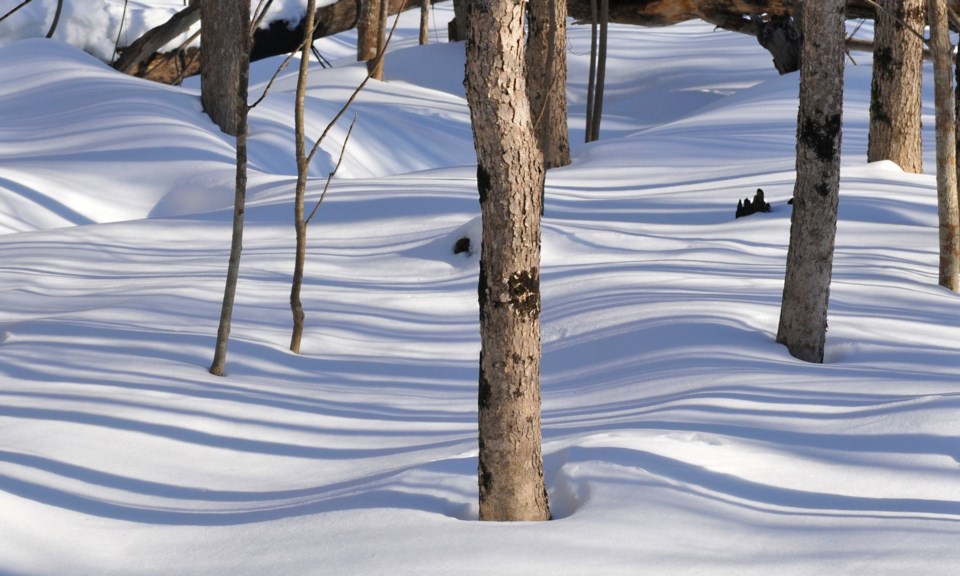The shortest day of the year is in December and the coldest ones are in February, but the month with the most short, cold days is certainly January.
Of course, the day itself isn’t shortened, just the amount of sunlight available in each 24-hour period. Sunlight? You know, the bright warm stuff high above that heavy cloud layer.
Getting up in the dark, going to work in the dark, and coming home in the dark for five-sevenths of every week can get to be a pretty dull routine. Anything duller would be called sleeping. However, if one could sleep until say, mid-May, it would be a great alternative to costly vacations in the deep south.
Discovering how some mammals can get into a state of hibernation has been a quest of scientists for quite a number of years. This interest in seasonal snoozing may have started out as a purely biological path of discovery, but the implications of inducing human hibernation are great and far reaching.
Even in the time of Jules Verne and his incredible stories of how he perceived the future, the notion of sending people held in suspended animation within space ships to distant planets has caught mankind’s attention.
Many studies have been done to demystify the question of hibernation, and it was only in 1959 that a Dr. Felix Strumwasser discovered that an animal can turn its internal ‘thermostat’ down, yet still maintain life.
Using ground squirrels, he found that even though the body cooled and the respiratory and other systems slowed down and dropped in temperature, the brain still functioned at a normal ‘high’ temperature. But just what triggered this special function called a state of hibernation was a question still unanswered.
In a rather bizarre series of studies conducted by the U.S. Air Force in Alaska, again in the 1950s, hearts were removed from hibernating animals. The hearts continued to beat when surgically removed from the body and fed plasma chilled to near freezing.
The beats returned to near normal when the plasma was heated. But when this was tried with the heart of a non-hibernator (no name given as to the volunteer) the heart stopped beating for good when chilled below 70 degrees Fahrenheit, well below the normal human body temperature of 98.6 F.
Let’s jump ahead in time to the late 1960s and visit Dr. William Bigelow in Toronto. He was conducting experiments with dogs, and had already determined that the key to a mammal hibernating was to have a thick layer of brown fat.
Brown fat is darker than the common white or yellow fat found in our bodies. The animals he studied which hibernated had large amounts of brown fat, and the dogs he injected brown fat into were able to withstand lower temperatures longer than dogs with no brown fat.
Down the hallway, so to speak, at the University of Toronto another researcher was studying European dormice, determining that a hibernating dormouse, if roused from its slumbers often enough, would use up its stored brown fat and become unable to return to a state of dormancy. Also, skinny dormice couldn’t hibernate, or hibernated only for short periods of time.
In the early 1980s, according to a newspaper article I found in my archives, a substance was discovered that became known as HIT, an acronym for “hibernation induction trigger” (certainly sounds like a 1970’s-influenced kind of term to me.)
HIT was not found in mammals during the summer months or when they periodically awoke from their slumbers. When HIT was injected into non-hibernating species their metabolism slowed down and they appeared to be entering a hibernating state. Apparently a few slowed down so much that they never woke up.
Knowing all this, I can now face today (albeit a chilly short one) with a better attitude, knowing that if I eat well and bundle up I can get through the hours between waking up and going to sleep again.
It sure the heck beats having my heart removed or being injected with HIT. Yeah, now that I think about it, donning an extra sweater layer is a great adaptation to wintertime living.
